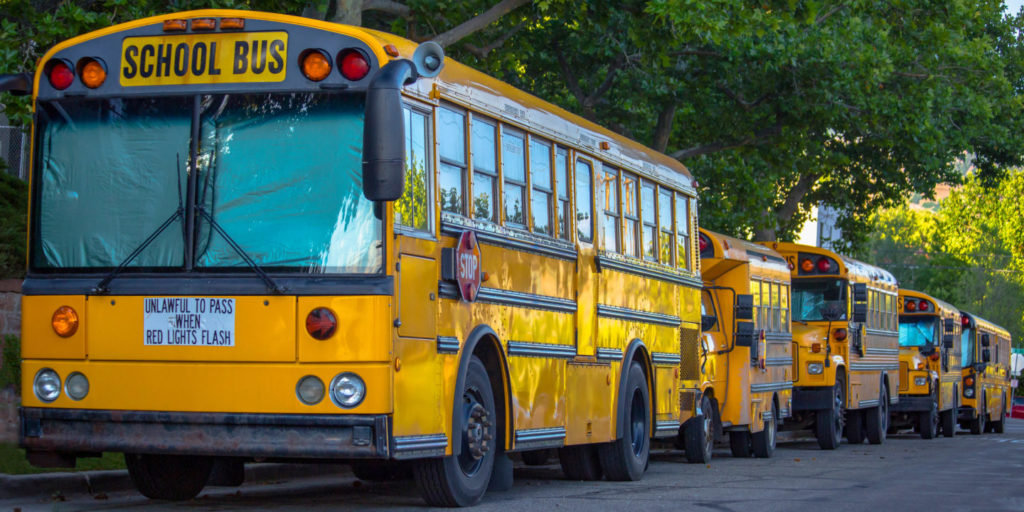Working group to examine Ohio school bus safety
(The Center Square) – A week after a crash killed an elementary school student in southwest Ohio, Gov. Mike DeWine announced a working group to examine the safety of buses around the…

(The Center Square) – A week after a crash killed an elementary school student in southwest Ohio, Gov. Mike DeWine announced a working group to examine the safety of buses around the state.
DeWine charged the group to investigate various areas dealing with bus safety, including regulations, design, maintenance, inspections, technology, crash factors and seat belts.
“There is always more that can be done when it comes to the safety of children, and I believe we have an obligation to take a holistic look at the safety of our school buses,” DeWine said. “This group’s review will be thorough, focusing on many different aspects of transportation safety.”
The group includes members of DeWine’s administration, the state school board association, a doctor, insurance leaders, a parent, a bus driver and the bus mechanics association. More members could be added, DeWine said.
On Aug. 22, a Northwestern Local School District elementary school student died, and 23 passengers were hurt when a minivan crossed the center line and hit the bus. The bus went off the road and overturned, the Ohio Highway Patrol said in a statement.
Only the driver was wearing a seatbelt.
Hermanio Joseph, the driver of the minivan, was arrested the next day and charged with aggravated vehicular homicide, the patrol said.
Eight states – New York, New Jersey, Arkansas, California, Florida, Louisiana, Nevada and Texas – require seat belts on school buses. Seat belts are optional in Ohio.
According to the National Highway Transportation Safety Administration, school buses are the most regulated vehicles, with protective seating, high crush standards and rollover protection features.
The administration believes the best way to provide crash protection to passengers of large school buses is through “compartmentalization.” This requires that the interior of large buses protect children without them needing a seat belt.
Through compartmentalization, children are protected from crashes by strong, closely-spaced seats with energy-absorbing seat backs.


